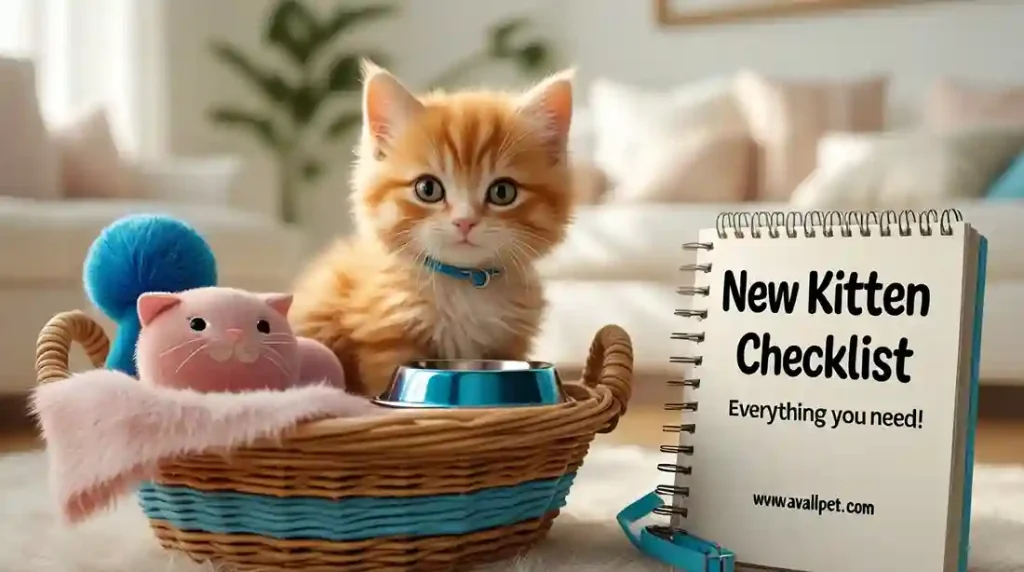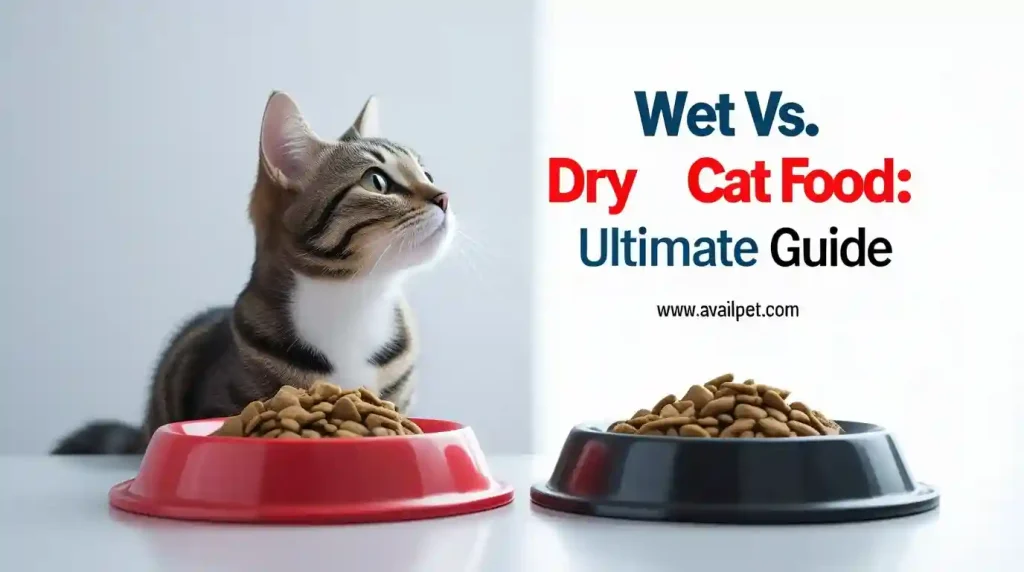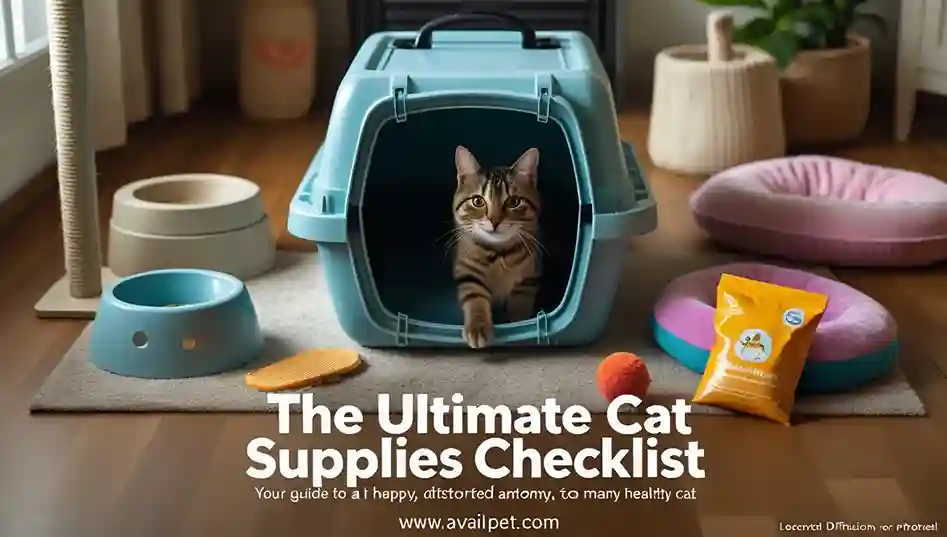That rhythmic, push-pull motion your cat makes with their paws on your lap is one of their most endearing quirks. We call it “kneading” or “making biscuits,” and while it looks like a quirky habit, it’s actually a profound window into your cat’s mind. This behavior is a classic example of the Common Cat Behaviors we help you decode, rooted in instincts that span from their first moments of life to their wild ancestry. So, why do cats knead? Let’s decode this fascinating ritual.
In this guide, we’ll explore the fascinating science and heartwarming reasons behind this signature cat behavior, helping you understand exactly what your cat is telling you when they get to work on their latest batch of biscuits.
Quick- Summary
- 💖 Top Reason: A Sign of Trust & Bonding
- 🍼 Kitten Instinct: Remnant of Nursing Behavior
- 🛏️ Nesting: Creating a Safe Space to Sleep
- 👃 Scent Marking: Claiming Territory & People
- 🧘 Other Reasons: Stretching, Stress Relief, & Communication
- 🤔 Related Quirks: Why Cats Drool or Suckle
- 🩹 Action Guide: Managing Painful or Excessive Kneading
The Curious Case of the Kneading Cat
There are few greater signs of feline contentment than a purring cat rhythmically pressing its paws against you. This behavior, known as kneading, is so common we’ve given it a cute nickname: “making biscuits.” But behind this adorable display lies a complex tapestry of instinct, emotion, and communication. Understanding why your cat kneads—just like understanding why cats get the zoomies—deepens the bond you share and helps you interpret their unique language.
The 7 Reasons Cats “Make Biscuits”: A Deep Dive
1. The Ultimate Compliment: Mixing Scents & Showing Trust
This is the most significant reason your cat kneads you. Cats have scent glands in the soft pads of their paws. When they knead you, they are depositing their personal scent onto you, effectively marking you as “theirs.” This is a behavior reserved for trusted family members—both feline and human. It’s their way of creating a communal scent profile that says, “You are safe, you are familiar, and you belong to me.”
2. The Comfort of Kittenhood: A Leftover Nursing Behavior
Kneading begins at birth. Newborn kittens knead their mother’s belly to stimulate milk flow. This action is intimately linked with the warmth, nourishment, and security of their earliest days. In adulthood, cats often knead when they are in a state of extreme happiness and relaxation, essentially reverting to a kitten-like state of comfort. It’s a clear sign they feel safe and content in your presence.
3. The Wild Ancestor: Preparing a Safe Nest
Look beyond the domestic cat to their wild cousins. Instinctually, felines knead tall grass, leaves, or soil to create a soft, flat, and safe nest for sleeping and even giving birth. This patting-down action also served to check for hidden dangers. When your cat kneads their bed or your blanket before settling down, they are following this ancient, hardwired ritual to create a secure resting place.
4. The Feline “Yoga Stretch”: Flexing Muscles & Joints
On a purely practical level, kneading is an excellent stretch. The motion works the muscles and tendons in their legs, feet, and back, and can help loosen up stiff joints after a long nap. It’s a common way for cats to greet the day or prepare for another period of rest.
5. A Self-Soothing Mechanism for Anxiety
While kneading is often a sign of happiness, it can also be a coping mechanism. Some cats will knead a soft object to self-soothe when feeling anxious or uncertain. The repetitive motion is calming. If your cat kneads more during stressful events, this is likely the reason, and it may be accompanied by other stress signals like constant meowing.
6. A Communication Tool in Multi-Cat Households
In a multi-cat home, you might observe one cat kneading another. This is generally a positive social behavior, often seen between cats that have a strong bond. It reinforces their shared scent and signifies a peaceful, friendly relationship. (Conversely, if you see tension, it’s important to understand why cats hiss).
7. A Signal in Unspayed Female Cats
Unspayed female cats may knead more frequently and vocally when they are in heat. This behavior is part of their signaling to potential mates. Spaying your cat typically reduces this hormonally-driven kneading.
Beyond Kneading: Decoding Related Feline Quirks
Why Does My Cat Drool While Kneading?
The state of relaxation during kneading can be so intense that some cats essentially “zone out” and forget to swallow, leading to drooling. For others, the association with the happy, milk-related kneading of kittenhood triggers the salivary glands. This is usually normal.
E-E-A-T Note: A sudden onset of excessive drooling, especially when not kneading, can indicate a dental issue, nausea, or a foreign object. In these cases, consult your veterinarian.
Why Does My Cat Knead and Suckle on Blankets?
This behavior is most common in cats who were weaned a bit too early. The combination of kneading and sucking on a soft, wooly blanket (a material that can mimic a mother’s fur) is a powerful self-soothing activity that replicates the comfort of nursing.
Why Does My Cat Knead Me But Not My Partner?
This is a classic sign of bond preference. Your cat associates you most strongly with comfort and security, perhaps because you are their primary caregiver, feed them, or simply have a demeanor they find more calming. It’s the ultimate personal compliment.
The Practical Owner’s Guide: Managing the Kneading
How to Protect Your Lap (and Your Furniture)
- Keep Claws Trimmed: This is the single most effective solution. Using a high-quality cat nail clipper makes the process safe and easy. Regularly trimming your cat’s claws blunts the points. Ask your vet for a demo if you’re unsure.
- The Blanket Barrier: Keep a thick throw blanket on your lap. When kneading begins, it protects your legs. A soft, plush pet blanket can be a dedicated, appealing spot for your cat to knead.
- Provide an Alternative: If your cat also tends to scratch furniture, redirect their kneading and scratching energy to a sturdy sisal rope scratching post, which satisfies the urge to dig and stretch.
When Kneading Signals a Problem: A Vet’s Perspective
Kneading is almost always a harmless behavior. However, you should consult your veterinarian if you notice:
- A sudden, dramatic increase in kneading.
- Kneading that seems obsessive and interferes with rest or eating.
- Your cat vocalizes in pain or stops using a leg during or after kneading.
- Kneading is focused exclusively on one area of their body, which could indicate localized pain or arthritis.
- The behavior is accompanied by other symptoms like limping, lethargy, or avoidance of being touched.
FAQs about why do cats knead
Is a cat kneading a sign of affection?
Yes, absolutely. When directed at a person, kneading is a strong indicator that a cat feels safe, content, and bonded with them.
Why do cats knead before lying down?
This is an instinctual nesting behavior. Their wild ancestors would knead grass or leaves to create a soft, safe, and flat spot to sleep, checking for hidden threats in the process.
Should I stop my cat from kneading?
Generally, no. It is a natural and positive behavior. Intervention should only be considered if the claws are causing pain or damage, in which case gentle management (trimming, barriers) is the best approach.
Is it only female cats that knead?
No, kneading is an instinctual behavior exhibited by all cats, regardless of gender or reproductive status.
Why does my cat knead me and then bite me?
These are often “love bites.” Your cat can become overstimulated by the intensity of their own affectionate feelings. The bite is usually gentle and signals they’ve had enough. It’s their way of saying the petting session is over.
Conclusion: Embrace the Biscuits
The next time your cat begins kneading, see it for what it is: a multifaceted compliment rooted in instinct, trust, and comfort. It’s a behavior that connects their primal past to their contented present—with you at the center. So, even if it comes with a few sharp pinpricks, appreciate this unique and loving ritual. Your feline baker is simply expressing their happiness in being with you.
Sources
- Cameron, K. (2021). Feline Behavior and Welfare. American Animal Hospital Association (AAHA).
- Horwitz, D. F., & Mills, D. S. (Eds.). (2022). BSAVA Manual of Canine and Feline Behavioural Medicine. British Small Animal Veterinary Association.
- International Cat Care. (2023). Cat Behaviour: Kneading.
- American College of Veterinary Behaviorists (ACVB). (2022). Behavioral Problems in Cats.






